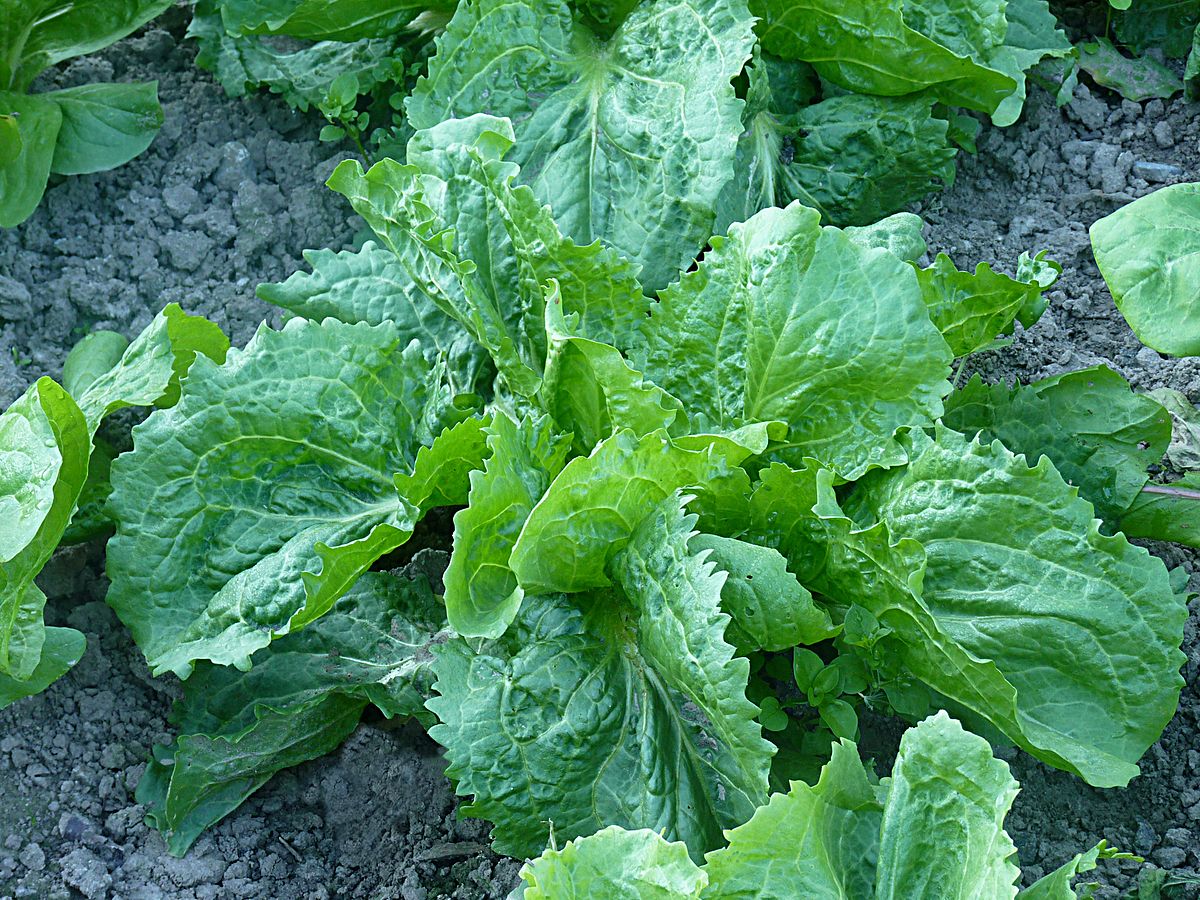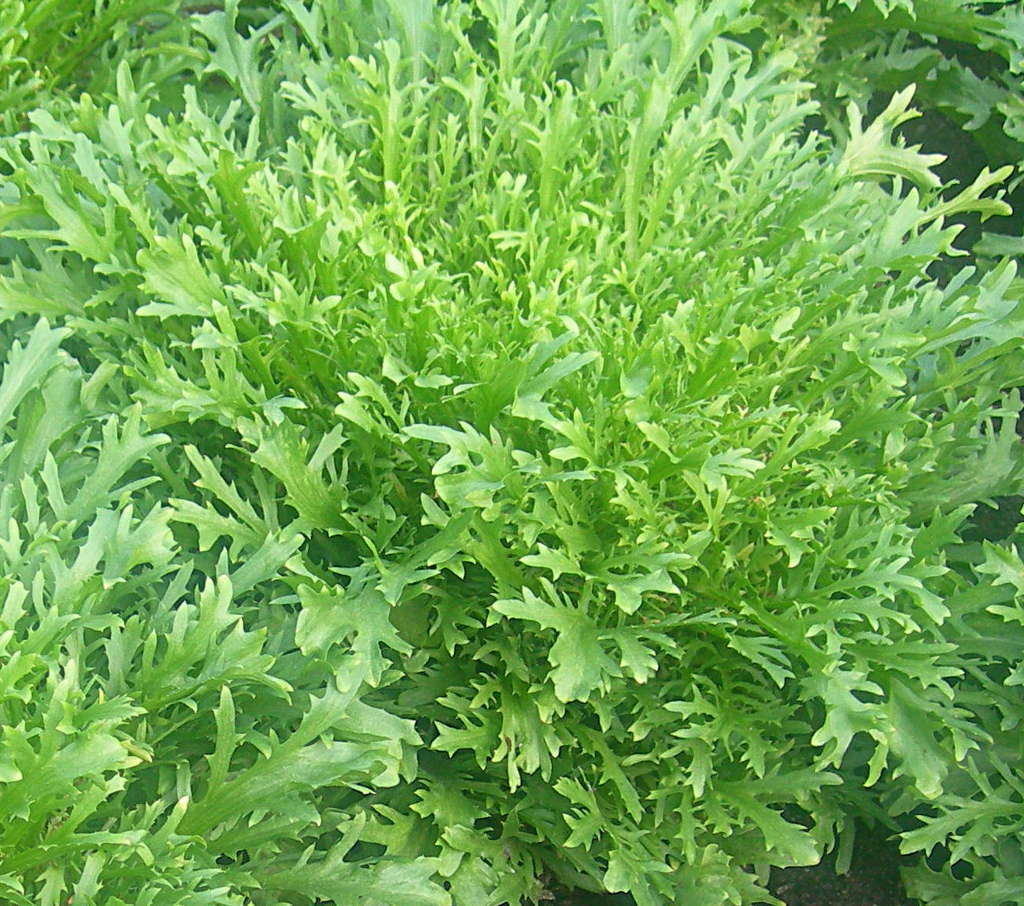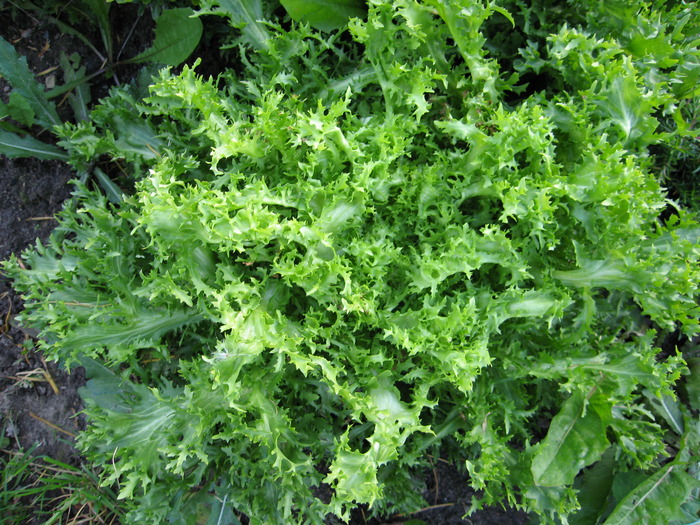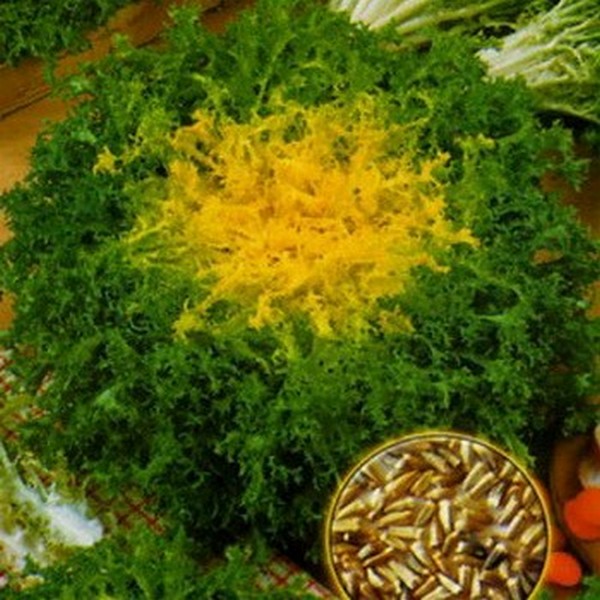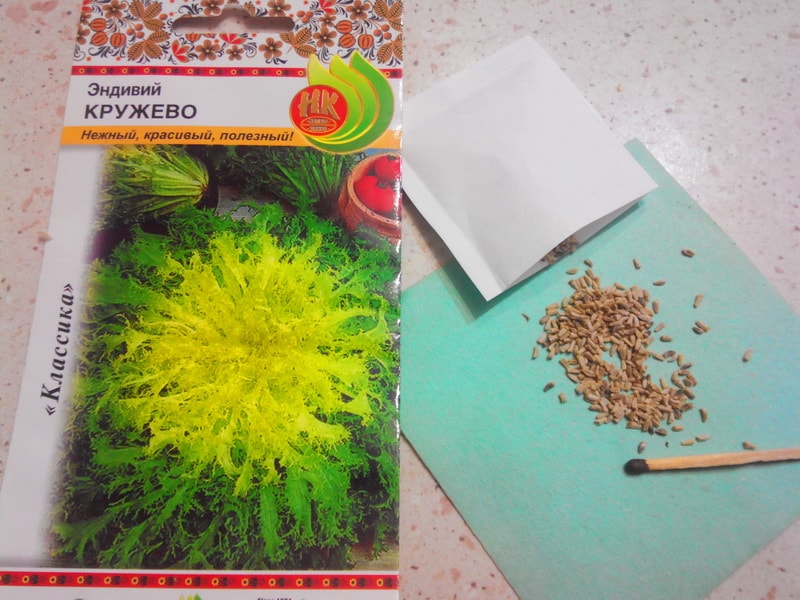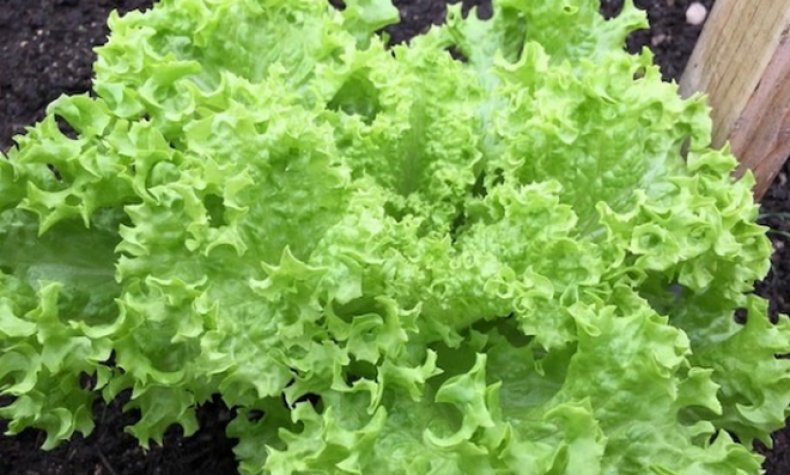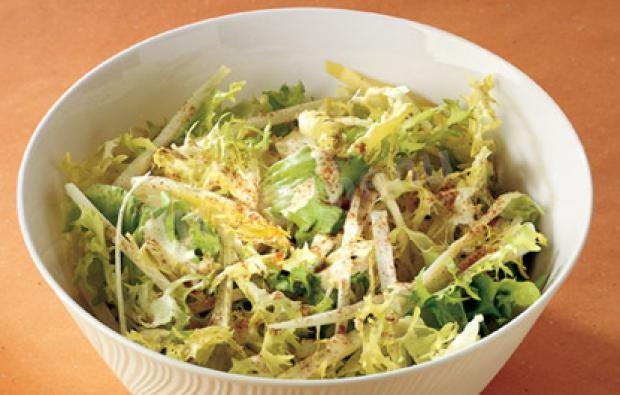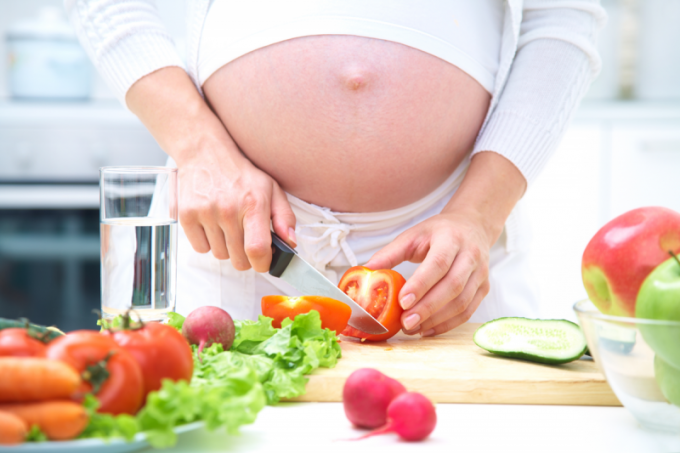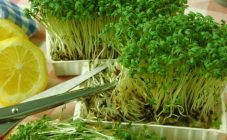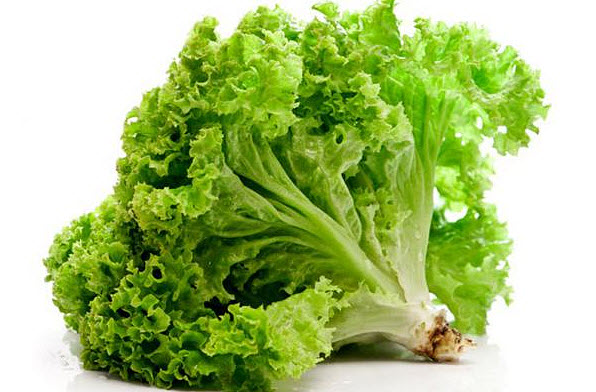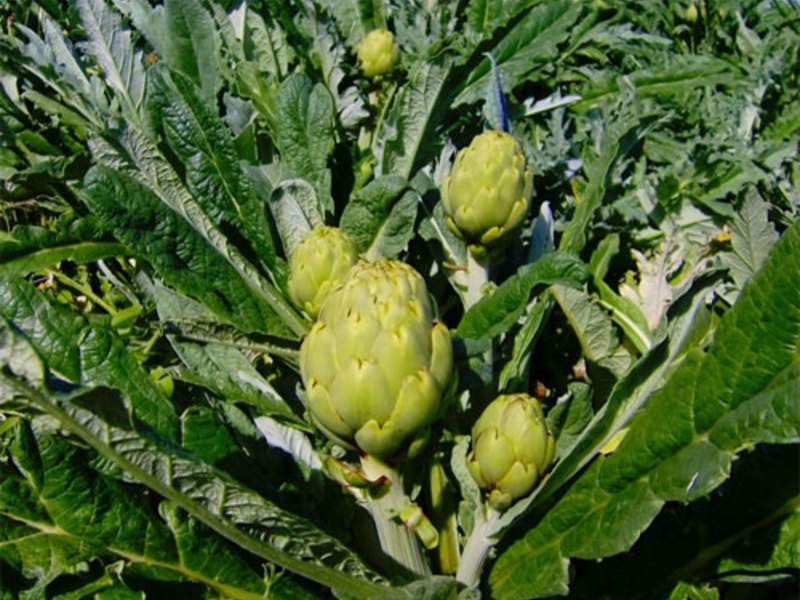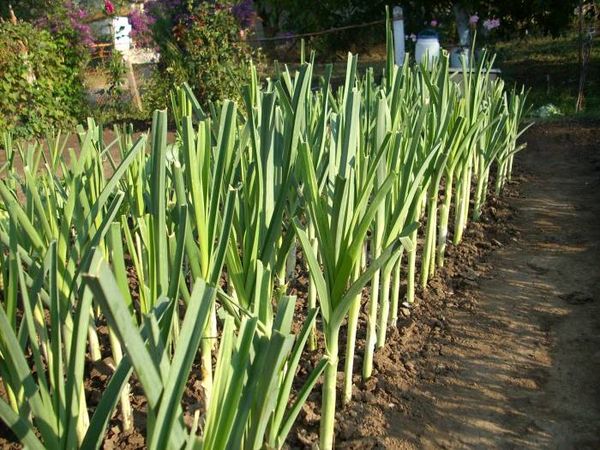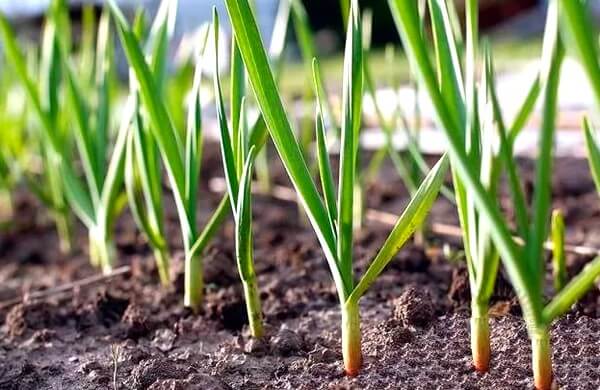Content:
Endive salad came to us from India. It is no less common in the Mediterranean region. This culture has a second name - chicory salad. Edivius what it is, we will try to find out.
general information
Answering the question what an endive is, it should be noted that this plant most of all resembles a salad. And this similarity is further enhanced by the curly appearance of the rich green leaves of the culture. If you look more closely, you can see that the leaves of the endive are not as wide and divided as those of the lettuce. On sale most often you can find two varieties of culture: broadleaf and curly endive.
They are relatively small heads of cabbage (no more than 12 centimeters in size) of a light green hue. It is much less common to see varieties of burgundy, red or yellow endives. Exotic colors usually indicate the Mediterranean origin of the variety.
Endive salad has a slightly bitter taste. But the bitterness is easily eliminated by placing the leaves in a container of warm water for 20-30 minutes. Probably due to excessive bitterness, cultivation of endive is not carried out everywhere. Caring for the described culture also creates certain difficulties.
Characteristics of the variety
Despite the concerns of some gardeners, growing endives is not as difficult as it might seem at first glance. But before you start growing a crop, you should find out what endive is.
There are two main forms of culture:
- endive;
- escariol.
The endive variety is more common. Probably for this reason they kept the name of the species. Both varieties form rosettes of rich green leaves. In some varieties, the color of the foliage, as already mentioned, may be different. The difference between the forms, however, does exist. So, the endive form is characterized by dissected curly leaves, a low rosette (rarely more than 25 cm). Popularly, this variety is usually called curly endive.
As for the escariola, it has straight, wide and very fleshy leaves (in some varieties with jags). The rosette is formed upright, up to half a meter high. For this form, a lighter and more delicate shade of the inner leaves is typical.
Generally speaking, the plant has small, woody and branched roots. The plant is highly cold-resistant. Its seeds begin to germinate at temperatures from +2 degrees. It can withstand one-time drops in temperature up to -6 C.
Varieties
The most common are the following crop varieties.
My lady
Endive varieties Milady refers to early ripening, has a dense rosette of vertically arranged openwork leaves. The diameter of a head of cabbage can reach 30 cm. The weight of one bush is (subject to agricultural technology) 500-600 grams.
Lace
Endive of the Kruzhevo variety belongs to the mid-season. The rosette is dense enough, spherical. The leaves are carved and have a malachite green hue. This variety can be planted in the house on the windowsill or on the balcony.
Cake
The Tortik variety is also early maturing. Its cultivation is possible both in the open ground and in greenhouse conditions (or in an apartment on a windowsill).The rosette of carved leaves is quite lush. In the center of the rosette, the foliage is yellow-white, and at the edges is bright green. Due to its high aesthetic characteristics and decorativeness, endive Cake is often planted as an element of landscape design.
Spring
Endive varieties Spring are ranked among the early maturing. The plant forms a semi-spreading and semi-erect rosette, characterized by splendor. Its diameter can reach 40 cm. In the center of the rosette, the color of the leaves is closer to white, and at the edges - malachite green.
If any variety of endive is grown and overexposed in the garden, it will produce an "arrow" - a long stem with bluish or white flowers. Seed material is formed on this stem.
The most common practice for endive lettuce is cultivation from seed rather than seedlings.
Features of agricultural technology
Planting endive is allowed twice a year: in the spring and early autumn. Depending on the variety, the ripening process takes 2 to 3 months. Sowing endive in the summer is strongly discouraged. Like any other salad crop, endive is a short-day plant. For this reason, if the summer is hot and dry, you can not even dream of a good harvest.
The most favorable temperature for growing endives is between +15 and +20 degrees. Despite the fact that the plant reacts positively to the sun, the culture does not grow very well in the heat. In addition, the bitterness in its foliage becomes more pronounced.
Sowing
To grow a decent endive crop, the plant must be planted in a soil of neutral acidity. If the soil is acidic, it must be calcified.
Before sowing, you need to make grooves of small depth - from 1 to 22 cm.It is in them that the seeds should then be placed and sprinkled with soil. Growing endive from seeds is not complete without a thinning procedure as the plants grow. The optimum distance between individual crops should be 20 to 30 centimeters.
Some gardeners prefer to replace seed sowing with seedlings. This is not the most popular technique, but it has every right to exist. Seeds for seedlings can be sown in early spring. In this case, you should try to keep them at a temperature close to +10 degrees.
Top dressing and watering
For a crop like endive lettuce, successful cultivation is impossible without regular watering. But an excess of water will not benefit the plant.
In rainy and cold summers, the endive can begin to rot. Such a form, as escariol, in fact turns out to be more resistant to excess moisture.
In the course of cultivation, it will not be superfluous to feed the culture with complex fertilizers, which include calcium and nitrogen.
Harvesting and storage
In order for the endive culture to grow from seeds without problems, and the crop does not taste too bitter, about three weeks before harvest, the plant must be covered with an opaque material, leaving enough gaps for oxygen access.
The rosettes should be cut at the root and very carefully, not allowing them to fall apart. The endive planted in autumn with the onset of frost must be dug out together with a large earthen clod (to avoid damage to the root system) and placed indoors or in a greenhouse at a temperature of +10 degrees in containers with sand or earth. This will keep the plant looking fresh. Well-preserved endive will decorate almost any culinary recipe, making it original and non-standard.
Advantages and disadvantages
Dealing with endive what it means not only getting the opportunity to make a decision about the advisability of planting a crop in a garden plot, but also deciding to include this green vegetable in your diet.
It should be noted that this culture is a valuable source of vitamins A, C, B, calcium, iron, chlorine, potassium, sulfur, fluorine, carotene, dietary fiber and a number of other useful substances and microelements. And all this with a minimum calorie content (17 calories per 100 grams of product).
Some experts recommend drinking endive juice regularly. But it will be difficult to do it in its pure form due to the bitterness of the product. It will be easier to mix it with other natural plant juices.
Endive is able to solve the following problems:
- get rid of acne and other skin rashes;
- reduce the frequency of asthmatic attacks;
- overcome anemia;
- deal with constipation;
- reduce the likelihood of developing glaucoma and other diseases associated with decreased vision;
- cleanse the liver;
- lose weight.
Despite a lot of undeniable advantages and useful properties of salad chicory, this product is not indicated for use by all people. There are a number of contraindications.
So, the product is strongly recommended to completely abandon persons suffering from any types of gastritis and stomach ulcers.
Due to the high content of inulin, which is not digested by the body, but accumulates in the liver, the plant should be avoided by persons suffering from pancreatitis, cirrhosis or liver failure.
Endive will not work too well on the body with overwork and insomnia. It will only make your chronic fatigue syndrome worse.
It is strongly discouraged to consume chicory salad for women during the period of gestation. The plant can contribute to an increase in the tone of the uterus and provoke a miscarriage. The product will not be useful during lactation either - it is quite capable of not only spoiling the taste of breast milk, but also negatively affecting the baby's health.
Endive is also contraindicated for any diseases of the cardiovascular system. The substances contained in the culture create additional stress on the heart muscle and affect blood pressure.
For healthy people, chicory salad is more beneficial than harmful. But in order to avoid mistakes and not to harm yourself out of ignorance, before using it, you should consult with your doctor, who will be able to more adequately assess the possible effect of the plant on the body.
